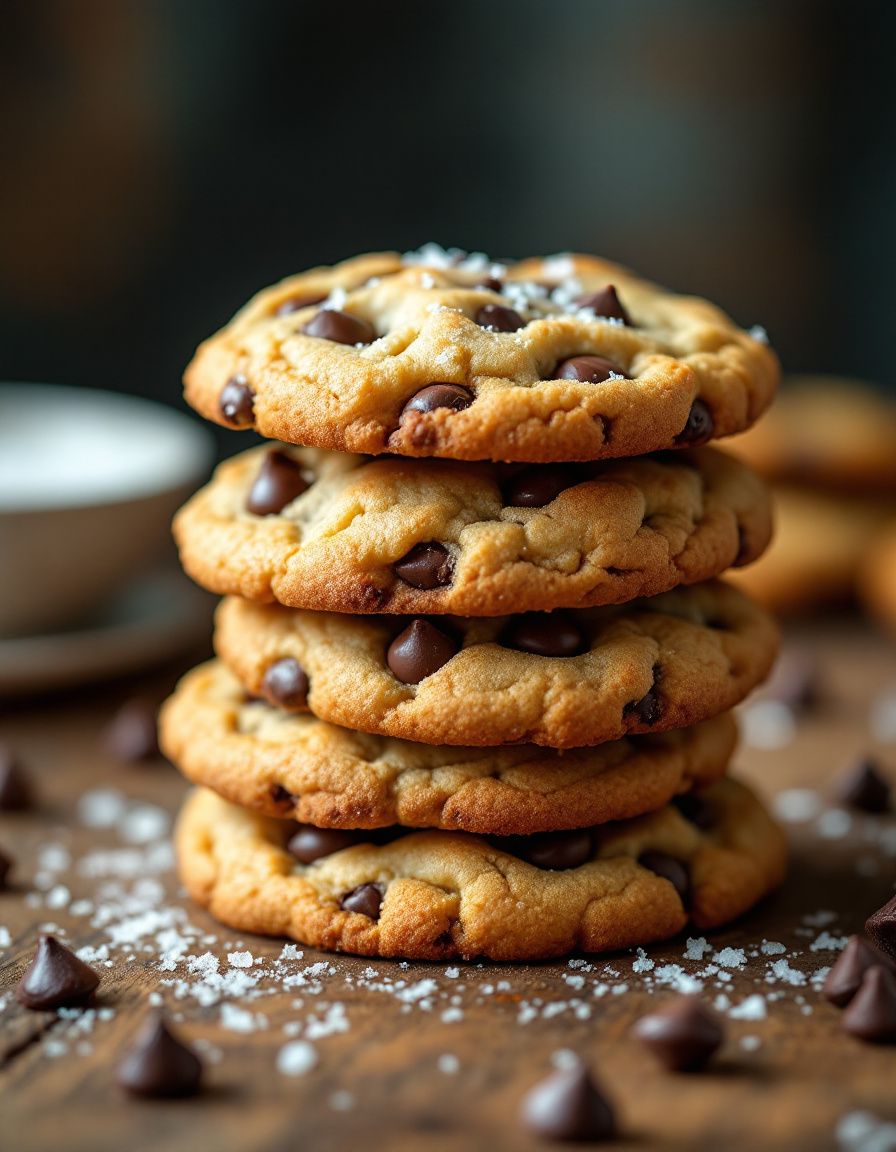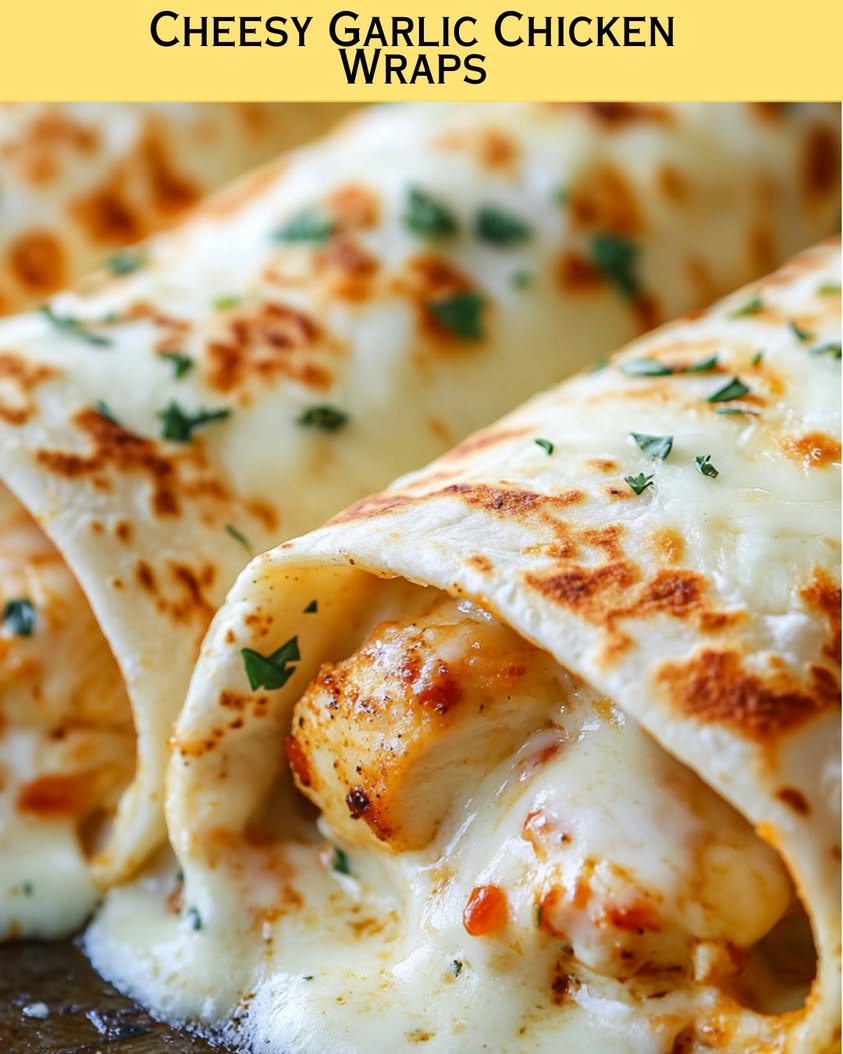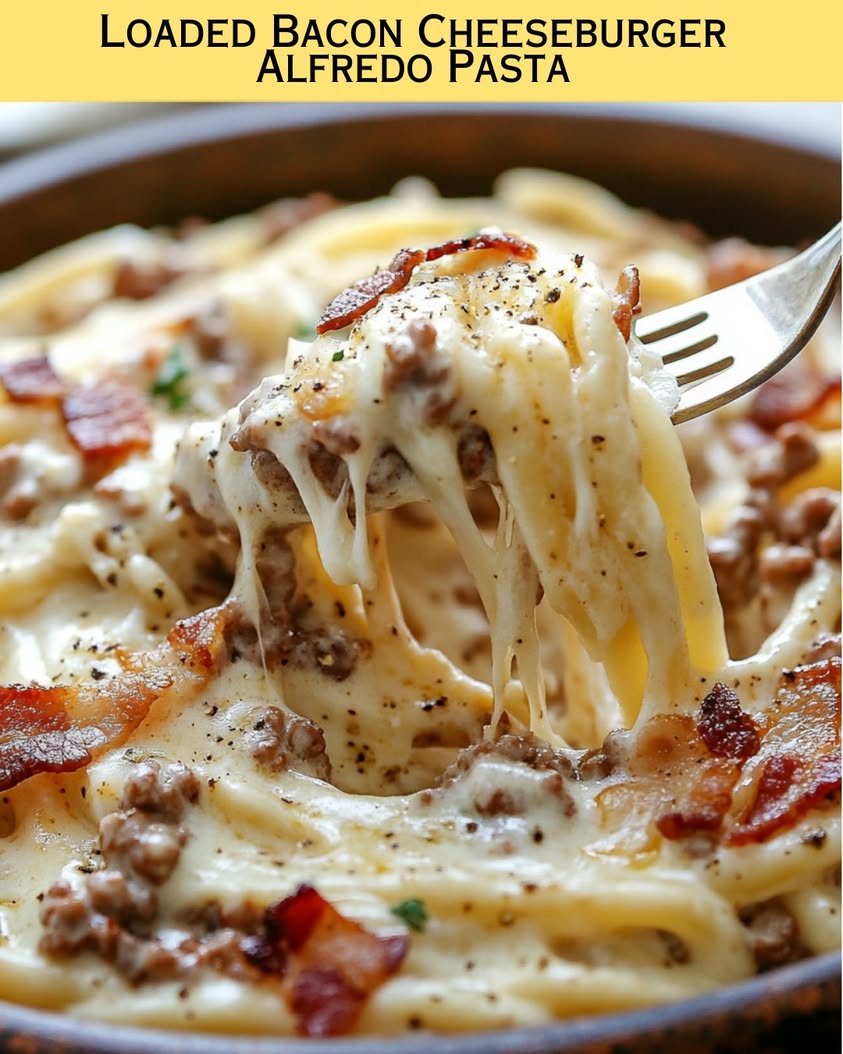Delicious Chocolate Chip Cookies: The Ultimate Comfort Treat
Indulging in freshly baked chocolate chip cookies fresh from the oven brings about a wave of nostalgia for many, reminding us of cozy kitchens and sweet moments spent with loved ones. These cookies feature a delicious balance of buttery dough and rich chocolate chips, resulting in an irresistible treat perfect for any occasion or simply as a comforting snack. The gooey centers and slightly crisp edges create an inviting contrast in every bite, making them a beloved classic around the world.
Baking chocolate chip cookies is not just about satisfying a sweet tooth; it’s an experience that fills your home with aromatic scents of baking, bringing friends and family together. Imagine the delightful moment when you pull the cookies out of the oven and the chocolate continues to melt, enticing everyone in the vicinity. These cookies are simple enough to whip up on a rainy day or when surprise guests arrive.
Quick Recipe Highlights
- Flavor Profile: Rich, buttery, and sweet with hints of vanilla and the irresistible flavor of semi-sweet chocolate chips.
- Texture: Chewy in the center with a slight crisp on the edges, creating a delightful mouthfeel.
- Aroma: The aroma of baked butter and sweet chocolate wafts through the air, inviting everyone to gather around.
- Visual Appeal: Golden brown cookies studded with semi-sweet chocolate chips create an inviting display on any platter.
- Skill Level Needed: Perfect for beginner bakers, this recipe requires minimal technique to achieve delicious results.
- Special Equipment: A mixing bowl, baking sheet, and parchment paper are all you need to get started on this delicious treat!
Recipe Overview
- Difficulty Level: The chocolate chip cookie recipe is rated easy, making it accessible for all skill levels, even kids can lend a hand in measuring and mixing.
- Category: These cookies fall under the dessert category and make for a perfect after-school snack or a sweet finale to any meal.
- Cuisine: Originating from North America, chocolate chip cookies highlight the casual and comforting aspect of American baking traditions.
- Cost: With common ingredients, this recipe can be made on a budget, usually costing under $10 to make a full batch.
- Season: Perfect for any time of year, chocolate chip cookies are especially popular during the holidays for gift-giving and family gatherings.
- Occasion: They fit right in at birthday parties, holiday celebrations, or as a delightful addition to a picnic or bake sale.
Why You’ll Love This Recipe
The delightful interplay of flavors in chocolate chip cookies combines sweet, creamy butter with semi-sweet chocolate that melts in your mouth. As you take a bite, the contrasting textures between chewy and crunchy heighten the flavor experience, making each bite a moment to savor. The incorporation of quality ingredients, such as pure vanilla extract and fresh eggs, elevates this recipe from basic to extraordinary. You won’t just be eating; you’ll be enjoying an experience.
Preparation and convenience are additional highlights of this chocolate chip cookie recipe. With a quick prep time and minimal steps, you can have cookies ready to enjoy in less than 30 minutes. This makes it the ultimate choice for those spontaneous cravings or last-minute gatherings. The simplicity of the process invites participation, making baking a delightful experience for children and adults alike; spending quality time creating these sweet treats adds to the enjoyment.
In terms of health, while chocolate chip cookies are a dessert and should definitely be enjoyed in moderation, they can be part of a balanced lifestyle. When made from scratch, you have control over the ingredients, allowing you to opt for higher quality chocolate or healthier substitutes like whole wheat flour. Of course, indulging occasionally can be satisfying for emotional well-being, too, reinforcing memories of comfort, family, and joy.
Chocolate chip cookies also excel in their social and entertaining value. They are not just treats but a catalyst for gatherings—whether it’s hosting a bake sale, having friends over for a movie night, or simply surprising your family. The aroma wafting through your kitchen invites people in, creating a warm and welcoming atmosphere while the nostalgic experience draws in guests of all ages.
Lastly, cost-effectiveness is a significant appeal. The ingredients for this classic cookie are pantry staples, making them easy to whip up at any time without breaking the bank. Given that a batch yields approximately two dozen cookies, it’s quite economical to satisfy the sweet tooth of a large group, making these cookies both a delicious and budget-friendly option for any occasion.
Historical Background and Cultural Significance
The beloved chocolate chip cookie has an interesting origin story, dating back to the 1930s in the United States. Ruth Wakefield, the creator of the chocolate chip cookie, was running a toll house inn when she decided to experiment with adding chopped chocolate bars to her butter cookie recipe. The end result was such a hit that it became a staple dessert for many American families, leading to the Toll House brand being synonymous with chocolate chip cookies.
Over the decades, the cultural significance of chocolate chip cookies has only grown. They are more than just a dessert; they symbolize the comfort and warmth of home baking. Many families have their own variations and traditions surrounding chocolate chip cookies, often passed down through generations. They have become a quintessential part of American baking culture and influence cookie recipes worldwide.
As time went on, the chocolate chip cookie recipe evolved with various interpretations and adaptations. Today’s cookies can be soft, crunchy, or even stuffed with exciting fillings like peanut butter or caramel. This evolution showcases the versatility of the original recipe, allowing adaptations that cater to diverse taste preferences and dietary restrictions.
Regional variations also play a role in the popularity of chocolate chip cookies. Different areas of the U.S. have their own takes on the classic, whether it’s the chewy New York style or the crispy California version. This variety ensures that chocolate chip cookies remain relevant and loved by many, uniting people with their sweet, delightful charm.
Ingredient Deep Dive
Butter: Known for its rich flavor and ability to enhance baked goods, butter brings moisture and tenderness to the cookies. Selecting high-quality unsalted butter ensures the best flavor. When storing, keep it refrigerated to maintain freshness, and if you’re looking for a healthier alternative, coconut oil can be used in its place.
Semi-Sweet Chocolate Chips: These chocolate chips add sweet, creamy goodness to your cookies and are a favorite choice for baking. Look for quality brands with a higher cocoa content for a richer flavor. Store in a cool, dry place, and consider dark chocolate chips for an intense flavor twist.
Granulated Sugar: This sweetener contributes to the overall sweetness and affects the cookie’s thickness and texture. Fine white sugar creates a crisp cookie, while alternatives like coconut sugar can add depth and a hint of caramel flavor to your treats.
Brown Sugar: Adding moisture and a hint of molasses, brown sugar brings a rich flavor to the cookies. It helps achieve a chewy texture as well. When not using it immediately, it’s best to store it in an airtight container to prevent it from hardening.
Eggs: Providing structure and binding, eggs play a vital role in creating the ideal cookie consistency. They can also be substituted for flax eggs or applesauce for vegan variations, which add a unique texture and flavor component.
Vanilla Extract: Vanilla enhances and elevates the overall flavor of the cookies, making them taste more complex. Opt for pure vanilla extract rather than artificial for the best flavor. Store in a cool, dark place, and consider using vanilla bean paste for a more intense flavor profile.
Common Mistakes to Avoid
- Overmixing the dough: Overmixing can lead to tough cookies. Mix until just combined for the perfect texture.
- Not chilling the dough: Skipping refrigeration could result in overly flat cookies. A brief chill allows the fats to solidify for a thicker cookie.
- Using old ingredients: Expired baking powder or old flour can affect the rise and flavor. Always check expiration dates for best results.
- Baking at the wrong temperature: Ensure the oven is preheated to the correct temperature; too high temperature can lead to burnt edges while leaving the center raw.
- Adding too many chocolate chips: While tempting, too many chips can throw off the cookie balance, making them unstable. Stick to the recommended amount.
- Not measuring ingredients properly: Baking is a science; improper measurements can result in varied textures. Use a kitchen scale for accuracy.
- Baking on an ungreased sheet: This could lead to sticking. Use parchment paper or a silicone mat for easy removal.
- Ignoring baking time: Every oven varies, so keep a watchful eye as cookies bake. Remove them when the edges are golden but the centers look slightly underdone.
- Not tasting the dough: While raw cookie dough shouldn’t be consumed in large amounts, a small taste can help adjust flavors before baking.
- Using chocolate chips that don’t melt well: Always use high-quality chips designed for baking to ensure a melt-in-your-mouth experience.
Essential Techniques
Mixing: Proper mixing is essential. Use the creaming method to incorporate butter and sugar until light and fluffy, which adds air and gives cookies a nice rise. Avoid overmixing after adding dry ingredients to prevent a dense cookie.
Chilling: Chilling the dough for at least 30 minutes allows flavors to meld and ensures the cookies maintain their shape while baking. To master this, portion the dough, cover it, and refrigerate before baking.
Baking: Baking cookies requires precision. Make sure to space the cookies adequately on the sheet to allow for spreading. Keep an eye on the baking time and use an oven thermometer to ensure the correct temperature.
Cooling: Allow cookies to cool on the baking sheet for a few minutes before transferring them to a wire rack. This will ensure they set properly, preventing breakage.
Pro Tips for Perfect Chocolate Chip Cookies
1. Use room temperature ingredients for smoother blending, resulting in a unified dough.
2. Weigh your ingredients for accuracy, especially the flour, to achieve the perfect cookie consistency.
3. Experiment with different types of chocolate chips, like dark or white chocolate, for a unique flavor twist.
4. Use a cookie scoop for uniform sizing, ensuring even baking and presentation.
5. For extra flavor depth, add a sprinkle of sea salt on top before baking.
6. For a chewy texture, slightly underbake the cookies so they continue to firm up out of the oven.
7. Mix in nuts or dried fruit to enhance the flavor and add more texture to your cookies.
8. If cookies are overly flat, try adding more flour or chilling the dough longer next time.
Variations and Adaptations
Chocolate chip cookies can easily transform based on regional preferences, with variations such as oat-based cookies that add hearty texture. Seasonal adaptations include adding crushed peppermint during the holidays or pumpkin spice in autumn to make festive delights. Dietary modifications can cater to various needs; for instance, using almond flour for gluten-free cookies or coconut oil for vegan options.
Flavor variations are endless — try incorporating different types of chocolate like white chocolate or toffee bits. For texture modifications, consider mixing in seeds or nuts for added crunch. Presentation alternatives can include drizzling melted chocolate over the top or serving alongside scoops of ice cream for an indulgent treat.
Serving and Presentation Guide
For serving, consider stacking cookies in clear glass jars to showcase their inviting beauty. Use decorative plates to display the treats during gatherings, and incorporate garnishes such as fresh mint or chocolate shavings for an elegant touch. Pairing cookies with cold milk or warm coffee can enhance the experience, while retaining the right serving temperature is crucial for maximum enjoyment. Maintain appropriate portion sizes by offering cookies alongside a fruit platter as part of a balanced dessert table.
Wine and Beverage Pairing
Indulging in chocolate chip cookies can be elevated with thoughtful beverage pairing. A glass of dessert wine, such as Muscat, enhances the sweet flavors of the cookies. For a non-alcoholic option, pairing cookies with chilled almond milk or a rich hot chocolate can provide a satisfying complement. Moreover, a brewed cup of coffee, especially a dark roast, can cut through the sweetness while enhancing the chocolate notes.
Storage and Shelf Life
To keep your cookies fresh, store them in an airtight container at room temperature for up to a week. For longer storage, consider freezing the cookies; they can last for up to three months when properly sealed. Always check for signs of spoilage, such as a change in texture or smell, before consuming. Reheating in the oven for a few minutes restores the warm, fresh-baked goodness. For freezing, place layers of cookies separated by parchment paper to prevent sticking.
Make Ahead Strategies
A smart prep timeline for chocolate chip cookies involves mixing the dough in advance and chilling it for at least an hour. You can also pre-scoop cookie dough balls and freeze them for quick baking later. This way, you can enjoy freshly baked cookies on demand! Quality is preserved by keeping the dough properly wrapped. When you’re ready to bake, add a couple of extra minutes to the baking time for frozen dough. Incorporating fresh elements like a sprinkle of sea salt prior to baking adds an exciting twist, enhancing flavor significantly.
Scaling Instructions
For halving the recipe, simply divide all ingredients by two. When doubling or tripling, ensure you have enough baking sheets and oven space. The mixing time might also need slight adjustments; closely observe the dough consistency. For larger batches, consider using multiple baking trays simultaneously, but make sure to rotate them mid-bake for an even bake. Storing any excess dough or cookies should be done carefully to maintain freshness and prevent freezer burn.
Nutritional Deep Dive
The chocolate chip cookie is a delightful treat, offering a balanced breakdown of macros. Each cookie contains carbohydrates from the flour and sugars, providing a quick energy boost. Additionally, the butter contributes fats crucial for absorbing vitamins. While cookies are high in sugars, they can be enjoyed in moderation as part of a balanced diet. Some variations increase the fiber content by incorporating whole grain flours, promoting digestive health. Moreover, chocolate contains antioxidants, adding a layer of nutritional value to enjoy guilt-free.
Dietary Adaptations
For gluten-free chocolate chip cookies, simply substitute regular flour for almond flour or gluten-free all-purpose flour. A dairy-free option can be achieved using plant-based butter and non-dairy chocolate chips. For vegan cookies, replace eggs with flax seeds or applesauce to maintain the perfect texture. Low-carb adaptations can involve using almond or coconut flour with sugar substitutes, while a paleo version might focus on nut-based flours and natural sweeteners like honey.
Troubleshooting Guide
For texture issues, if cookies are too dry, consider reducing flour slightly next time. If cookies spread too much, refrigerating the dough can help retain shape. For flavor balance, ensure you aren’t skipping the vanilla, as it elevates the cookie’s overall taste. Equipment challenges, such as uneven baking, can often be resolved by rotating cookie trays midway through baking. Be mindful of ingredient substitutions, as they can impact results significantly; using the specified ingredients produces the most consistent outcomes.
Recipe Success Stories
Readers have shared heartwarming responses to their baking adventures, praising how our chocolate chip cookie recipe has become a family favorite. People have successfully altered the recipe, discovering delightful twists, from gluten-free options to decadent additional toppings. The community engagement around this recipe has fostered sharing experiences and suggestions, encouraging home bakers to confidently explore their own creative versions. Users have also emphasized photographing their cookie batches, capturing the joy of baking and sharing that on social media.
Frequently Asked Questions
Yes, you can freeze cookie dough! Scoop the dough into balls, freeze until solid, and then transfer to a freezer-safe container for future baking.
Store cookies in an airtight container with a slice of bread to retain moisture. This helps to maintain their soft texture.
Absolutely! You can substitute each egg with 1/4 cup of unsweetened applesauce or a flax egg (1 tbsp ground flaxseed + 3 tbsp water).
Flat cookies can result from too much sugar or too little flour. Ensure you measure your ingredients properly and consider chilling your dough.
Semi-sweet chocolate chips are classic; however, feel free to explore dark chocolate or milk chocolate based on your preference.
Yes, adding chopped nuts like walnuts or pecans can enhance the flavor and add a delightful crunch to your cookies.
Look for cookies that are golden around the edges but still appear slightly soft in the center. They will continue to firm up while cooling.
Yes, chilling your dough overnight enhances the flavor and texture of your cookies; just allow it to sit at room temperature for a few minutes before baking.
Leftover cookie dough can be stored in the fridge for a few days or frozen for longer storage. Alternatively, you can bake mini cookies for a quick snack.
This recipe typically produces cookies that are chewy in the center with slightly crisp edges, but you can adjust the baking time for your desired texture.
Additional Resources
To further enhance your baking journey, consider exploring other related recipes such as oatmeal raisin cookies or peanut butter cookies. Technique guides—such as how to properly measure flour or the importance of ingredient temperature—can significantly affect your baking success. Look into ingredient information for substitutes and seasonal variations, ensuring you can adapt recipes based on what you have available or what’s in season.
Join the Conversation
Engage with our thriving community by sharing your baking photos and experiences on social media! We love to see how our recipes work for you. Your reviews not only inspire us but also fellow bakers eager to try the recipe. Please feel free to suggest your variations; we all have our unique twists that make these classic treats even more enjoyable.
The Recipe
Chocolate Chip Cookies
Serves: 24 cookies
Prep Time: 15 mins
Cook Time: 10-12 mins
Total Time: 25-27 mins
Kitchen Equipment Needed
- Baking sheet
- Mixing bowl
- Measuring cups and spoons
- Silicone spatula
- Cooling rack
Ingredients
- 1 cup unsalted butter, softened
- 1 cup granulated sugar
- 1 cup brown sugar, packed
- 2 large eggs
- 2 teaspoons vanilla extract
- 3 cups all-purpose flour
- 1 teaspoon baking soda
- 1/2 teaspoon salt
- 2 cups semi-sweet chocolate chips
Directions
- Preheat oven to 350°F (175°C).
- In a mixing bowl, cream together the softened butter, granulated sugar, and brown sugar until light and fluffy.
- Add the eggs, one at a time, mixing well after each addition, then stir in the vanilla extract.
- In a separate bowl, whisk together the flour, baking soda, and salt. Gradually mix the dry ingredients into the wet mixture until combined.
- Fold in the chocolate chips until evenly distributed.
- Drop rounded tablespoons of dough onto ungreased baking sheets, spaced about 2 inches apart.
- Bake in preheated oven for 10-12 minutes or until edges are golden brown and centers are still soft.
- Remove from oven and let cool on the baking sheet for 5 minutes before transferring to a wire rack to cool completely.
Recipe Notes
- For chewier cookies, consider slightly underbaking them.
- You can substitute half of the all-purpose flour with whole wheat flour for added nutrition.
- If making ahead, freeze the cookie dough for up to 3 months.




